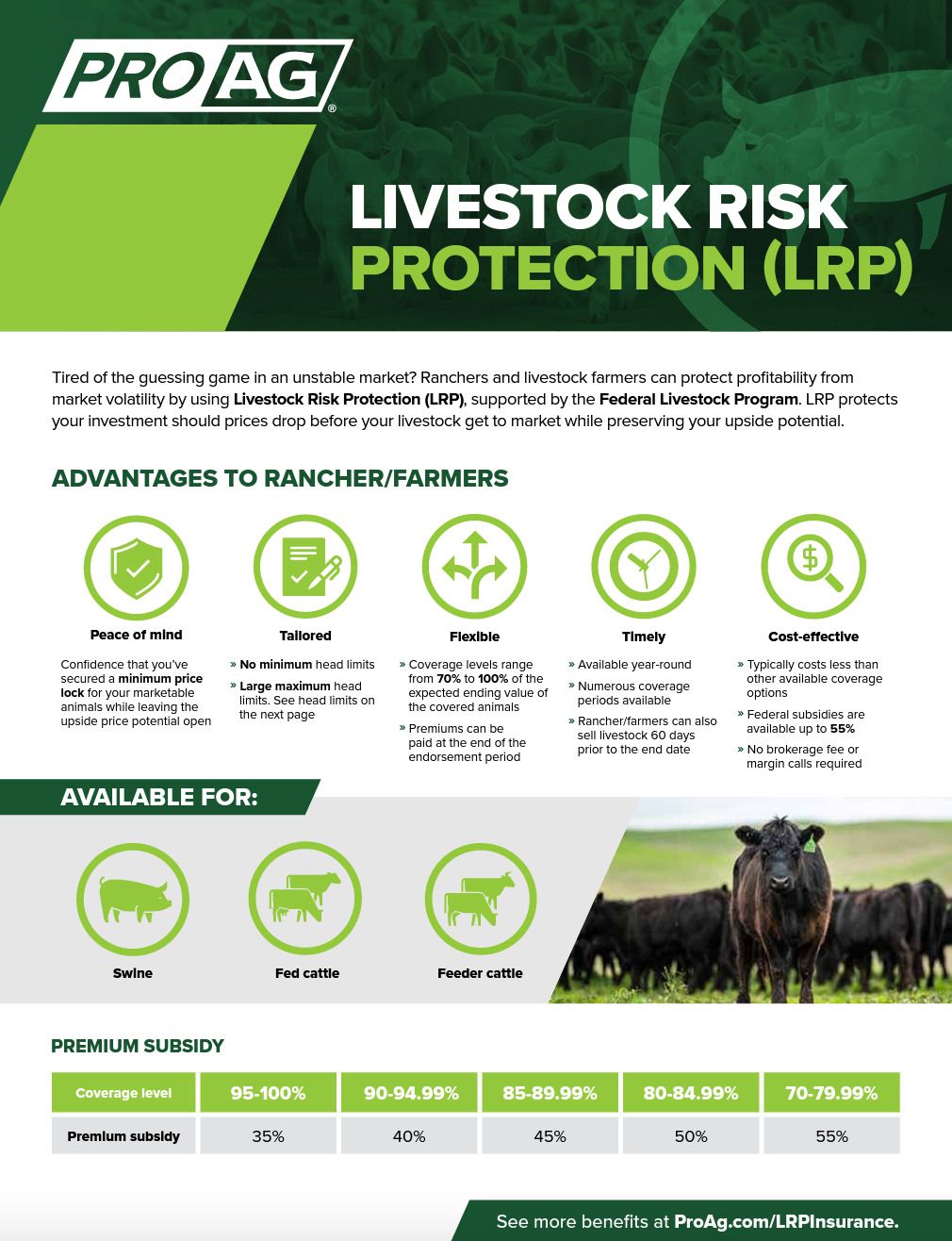The 6-Minute Rule for Bagley Risk Management
The 6-Minute Rule for Bagley Risk Management
Blog Article
Expert Advice on Threat Assessment and LRP Insurance Policy Solutions

The Value of Threat Assessment
Efficient threat assessment is essential in the decision-making process of any type of company, guiding tactical planning and source appropriation. By methodically identifying, reviewing, and prioritizing possible risks, services can expect difficulties, take advantage of chances, and make informed choices to accomplish their goals. Danger assessment enables organizations to proactively address vulnerabilities, minimize risks, and optimize their threat management approaches.
Among the vital benefits of danger analysis is its role in enhancing operational performance. By recognizing the potential threats that might affect numerous elements of the business, organizations can improve processes, allot sources better, and minimize the likelihood of pricey disturbances. Threat evaluation allows companies to comply with regulatory requirements, guard their reputation, and develop depend on with stakeholders.
Understanding Possible Losses
To comprehend the influence of danger analysis, it is crucial to understand the prospective losses that might significantly affect an organization's operations and economic security. Potential losses can occur from various sources, consisting of all-natural calamities, economic downturns, functional failings, regulatory adjustments, and cybersecurity breaches. These losses can result in straight expenses such as residential or commercial property damages, lawful expenditures, and fines, as well as indirect expenses like reputational damage and loss of market share.
Recognizing potential losses includes conducting an extensive evaluation of the dangers that might appear and approximating the economic effect they might have on the organization. By measuring these prospective losses, businesses can prioritize risk mitigation initiatives and allot sources efficiently. A thorough understanding of potential losses enables organizations to make educated decisions when choosing danger administration methods, such as purchasing insurance policy protection or carrying out risk control actions.
Basically, by identifying and comprehending potential losses, companies can proactively handle threats and guard their lasting sustainability and success.
Role of LRP Insurance Coverage Solutions
The integration of LRP insurance remedies within a company's risk management structure boosts strength and strengthens economic security versus unforeseen difficulties. LRP, or Loss Recuperation Item, insurance policy remedies play a vital duty in minimizing the impact of prospective losses by offering economic defense and assistance in times of situation. These insurance coverage services are tailored to fulfill the details needs of organizations, offering insurance coverage for various dangers such as property damage, company disturbance, responsibility claims, and a lot more.
By transferring the click here for more info monetary threat to an insurance policy company, businesses can concentrate on their core procedures with better peace of mind, understanding that they are safeguarded against substantial monetary losses. Furthermore, LRP insurance coverage options can enhance an organization's danger administration method by supplementing existing danger mitigation measures and making sure comprehensive defense throughout all locations of potential susceptability.
Identifying Key Threats
In the procedure of risk analysis, a critical step entails identifying key dangers that have the possible to influence a company's procedures and financial stability. Identifying crucial threats calls for an extensive assessment of interior and outside factors that might position dangers to the company's goals. Interior risks might consist of operational inefficiencies, compliance problems, or human resource challenges, while external threats can incorporate economic recessions, governing modifications, or all-natural calamities.

Furthermore, vital threats must be routinely evaluated and upgraded to line up with the vibrant company atmosphere. This positive method enables companies to stay in advance of possible dangers and safeguard their long-term success.
Selecting the Right Insurance Coverage
Having identified the key risks that might impact a over at this website company's procedures and financial stability, the following crucial step involves carefully picking the ideal coverage to successfully handle and mitigate these risks. When it pertains to selecting the ideal protection, organizations need to consider their details danger direct exposure, monetary abilities, and strategic objectives. It is vital to carry out a complete assessment of the offered insurance policy choices to make sure that the chosen coverage aligns with the company's danger administration goals.

Organizations ought to function closely with seasoned insurance policy specialists to analyze their risk profiles and identify the most suitable insurance coverage products to address their requirements. Customizing insurance policy coverage to particular threats can assist optimize protection while reducing unneeded prices. Additionally, companies must assess plan terms thoroughly to comprehend the extent of coverage given and any kind of potential exclusions that may influence their threat mitigation strategies.
Conclusion
In verdict, threat analysis is important in determining possible losses and choosing the appropriate LRP insurance coverage services. Expert advice can assist browse the intricacies of risk analysis and insurance policy services, supplying organizations with the needed devices to properly manage and minimize risks.
Professional guidance plays a crucial duty in this process, using useful understandings into recognizing and reviewing risks, as well as strategically selecting suitable insurance protection tailored to alleviate those risks efficiently. An extensive understanding of possible losses allows companies to make educated decisions when picking threat monitoring methods, such as purchasing insurance protection or carrying out risk navigate here control measures.

Report this page